You are browsing the full text of the article: Prints and Drawings in 1937
| Art Review A Survey of British Art In All Its Branches 1937 1937 Page: 41 | ||||||||||||||||||||||||||||||||
| Prints and Drawings in 1937 | ||||||||||||||||||||||||||||||||
|

|
|
||||||||||||||||||||||||||||||
| Art Review A Survey of British Art In All Its Branches 1937 1937 Page: 42 | ||||||||||||||||||||||||||||||||
| Prints and Drawings in 1937 | ||||||||||||||||||||||||||||||||
|
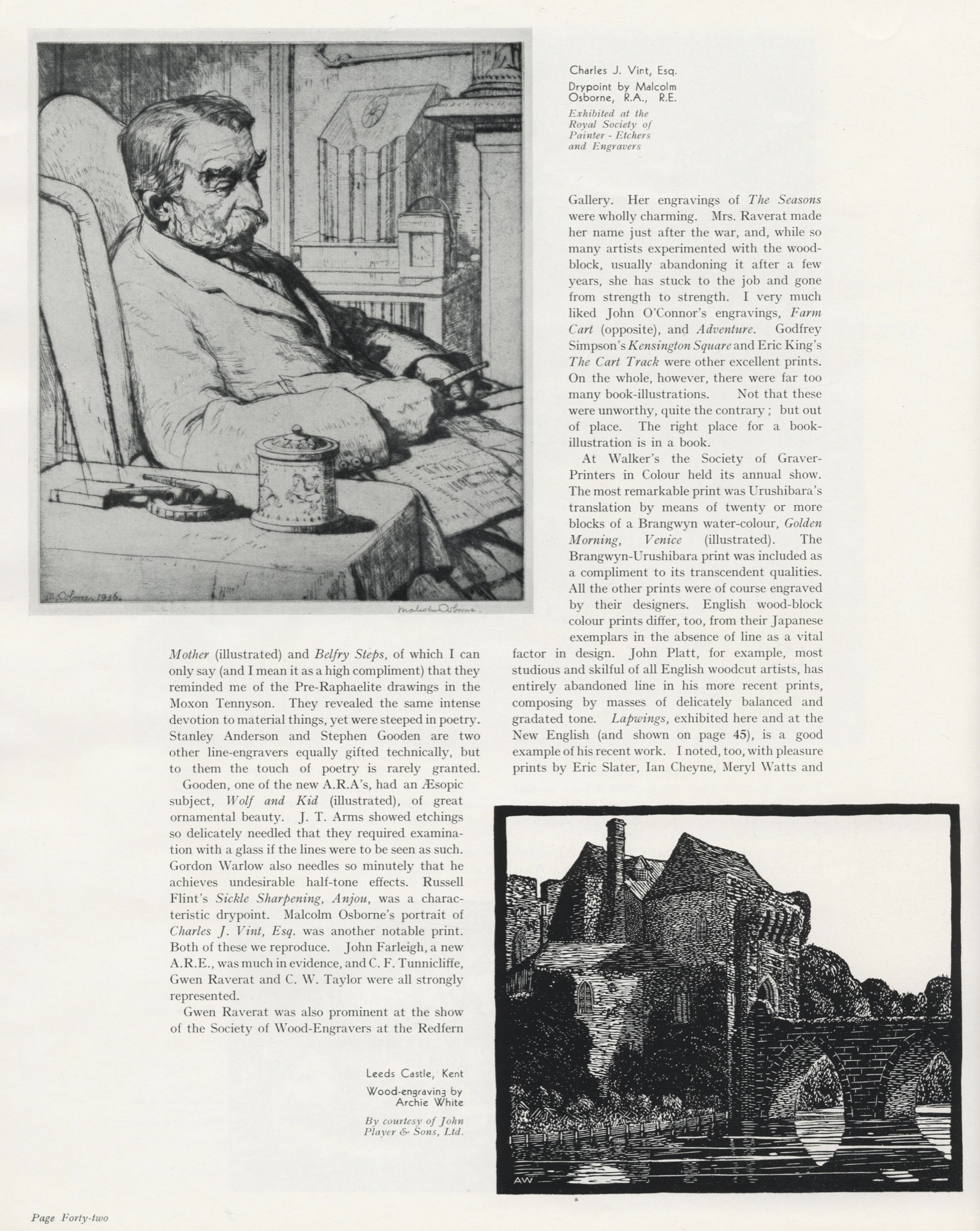
|
|
||||||||||||||||||||||||||||||
| Art Review A Survey of British Art In All Its Branches 1937 1937 Page: 43 | ||||||||||||||||||||||||||||||||
| Prints and Drawings in 1937 | ||||||||||||||||||||||||||||||||
|
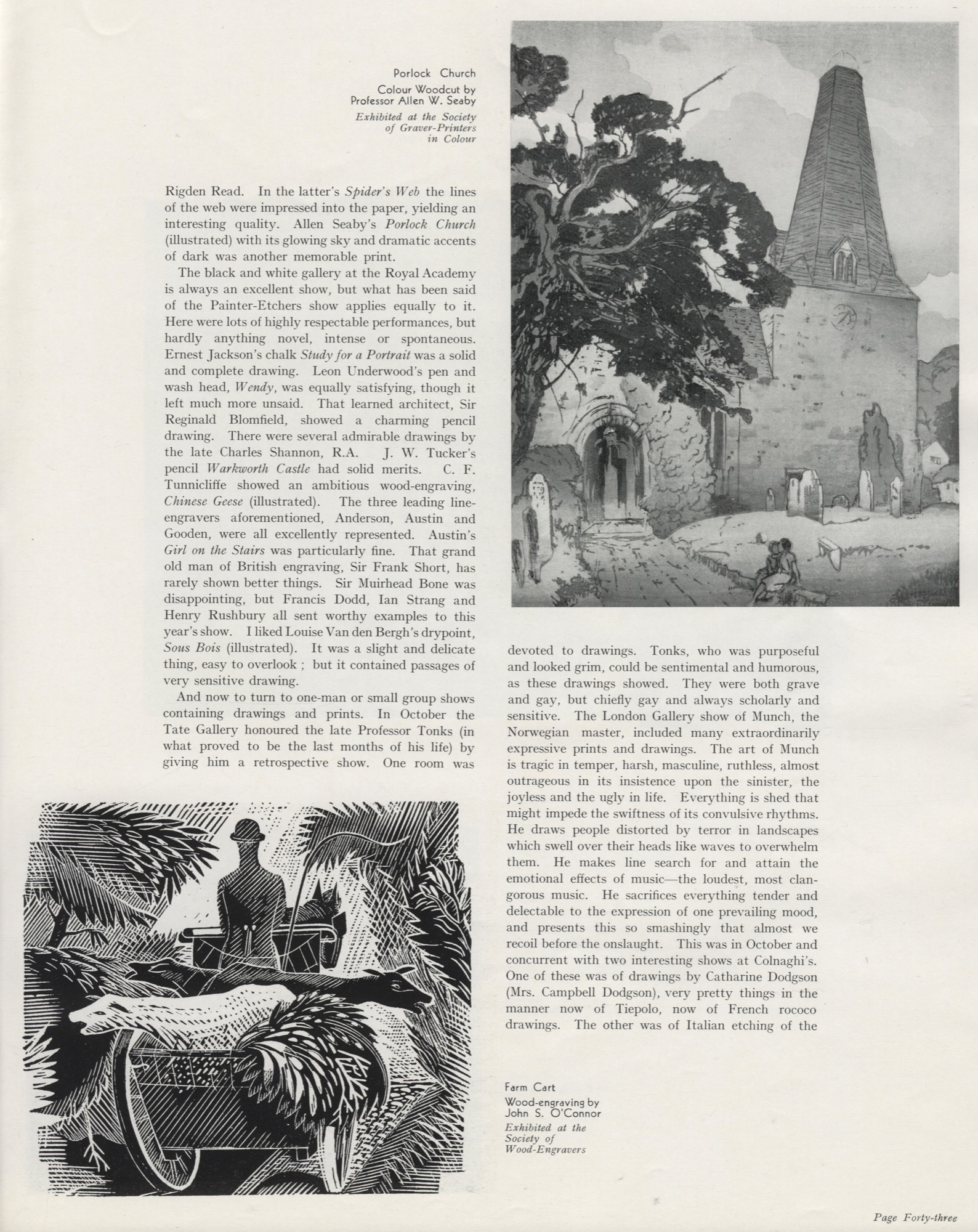
|
|
||||||||||||||||||||||||||||||
| Art Review A Survey of British Art In All Its Branches 1937 1937 Page: 44 | |||||||||||||||||||||||||||||
| Prints and Drawings in 1937 | |||||||||||||||||||||||||||||
|
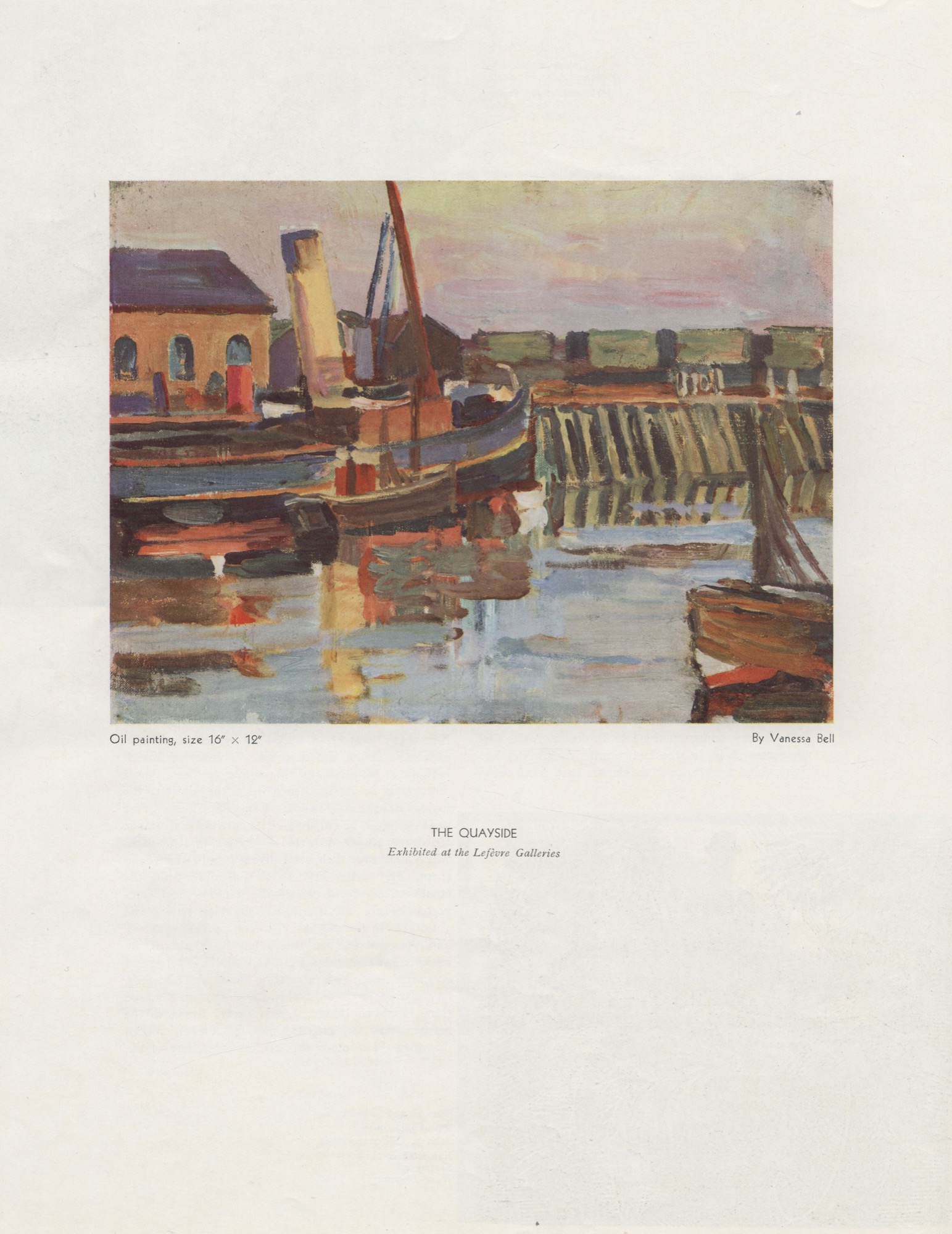
|
|
|||||||||||||||||||||||||||
| Art Review A Survey of British Art In All Its Branches 1937 1937 Page: 45 | ||||||||||||||||||||||||||||||||
| Prints and Drawings in 1937 | ||||||||||||||||||||||||||||||||
|

|
|
||||||||||||||||||||||||||||||
| Art Review A Survey of British Art In All Its Branches 1937 1937 Page: 46 | ||||||||||||||||||||||||||||||||
| Prints and Drawings in 1937 | ||||||||||||||||||||||||||||||||
|
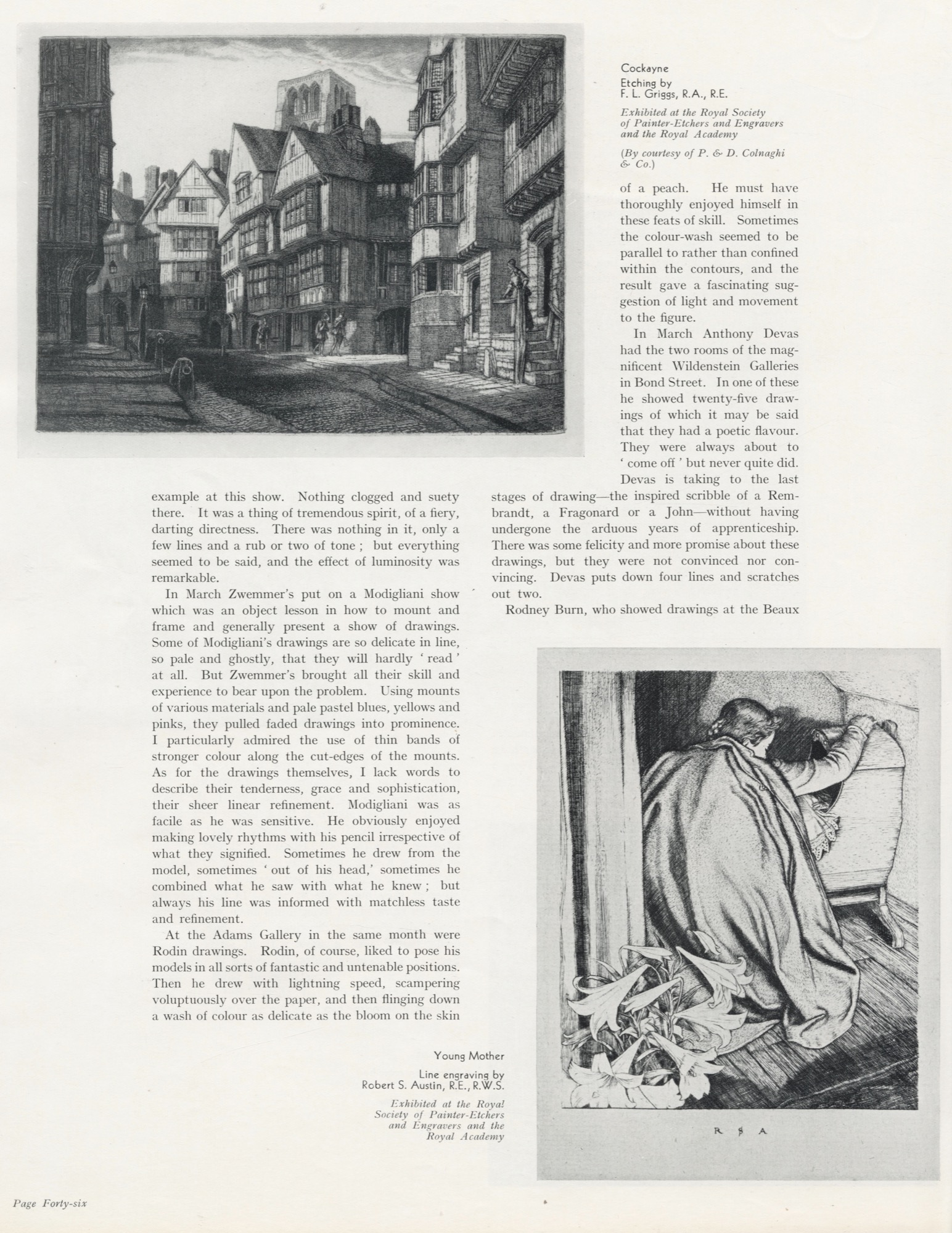
|
|
||||||||||||||||||||||||||||||
| Art Review A Survey of British Art In All Its Branches 1937 1937 Page: 47 | ||||||||||||||||||||||||||||||||
| Prints and Drawings in 1937 | ||||||||||||||||||||||||||||||||
|
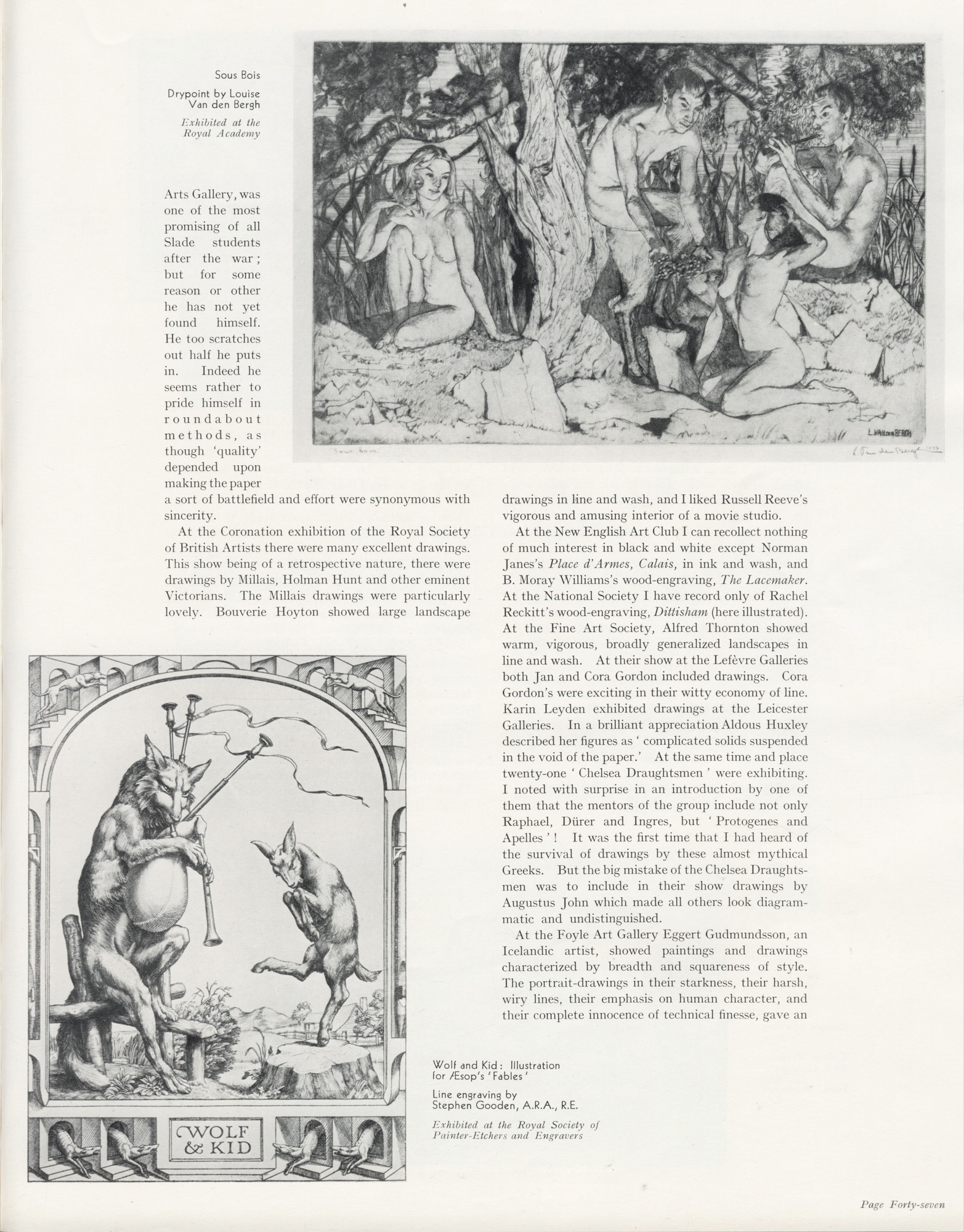
|
|
||||||||||||||||||||||||||||||
| Art Review A Survey of British Art In All Its Branches 1937 1937 Page: 48 | |||||||||||||||||||||||||||||||||
| Prints and Drawings in 1937 | |||||||||||||||||||||||||||||||||
|
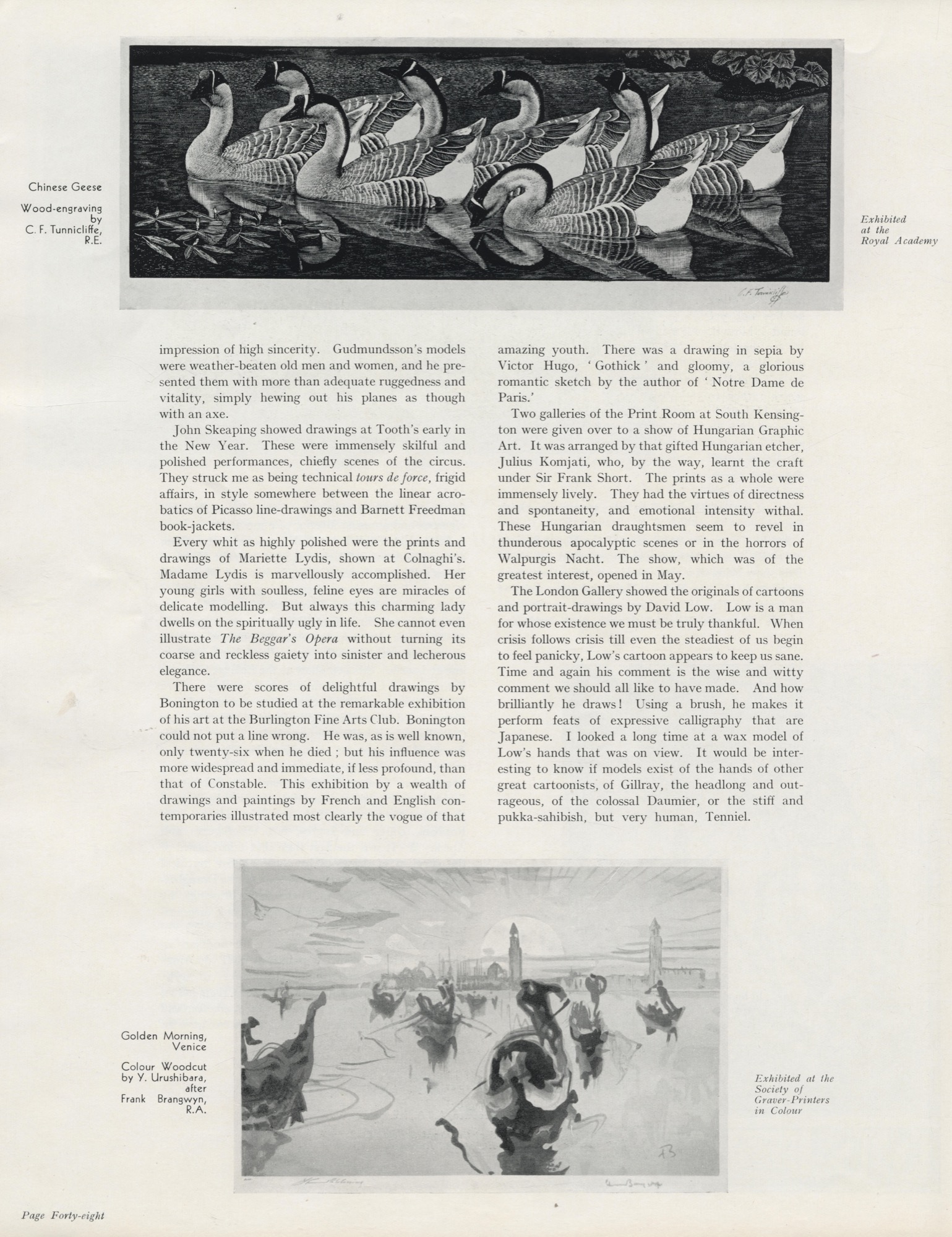
|
|
|||||||||||||||||||||||||||||||







